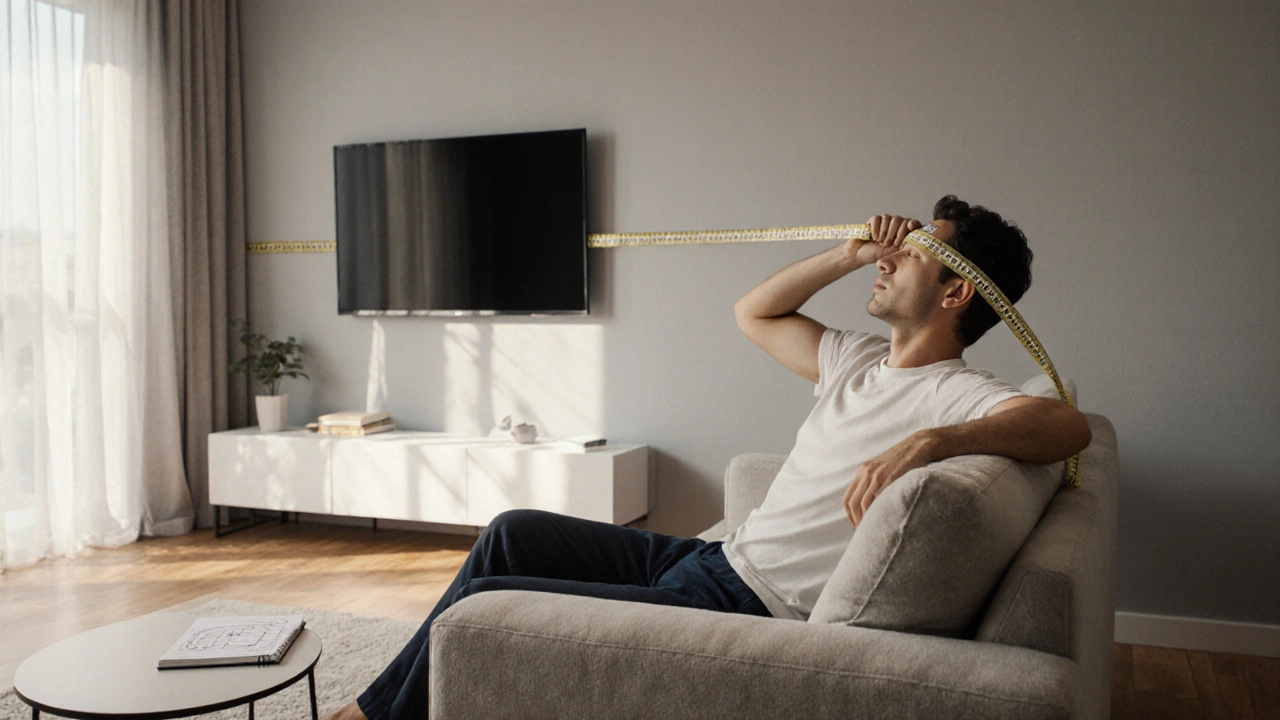TV Wall Mount Height – Your Quick Guide to Perfect Viewing
When planning TV wall mount height, the distance from the floor to the centre of your screen that gives the most comfortable view. Also known as mounting height, it matters for eye strain, room flow, and even safety. TV wall mount height isn’t just a number; it’s the sweet spot that balances picture size, seating distance, and how you naturally look around the room.
One key factor is eye level, the height at which most people see comfortably without tilting their heads. Aligning the screen’s centre with your eye level reduces neck fatigue and keeps the picture in the optimal viewing cone. In a typical living room, eye level sits around 42‑48 inches from the floor, but the exact spot changes with door height, sofa height, and personal preference.
Another practical piece is stud location, the wooden or metal framing behind your wall that can safely hold a TV mount. Using a stud finder ensures you anchor the mount to solid support rather than drywall alone. The distance between studs (usually 16 inches) also guides where you can place the TV without compromising stability.
Don’t forget cable management, the methods for hiding power cords and HDMI wires for a clean look. Proper routing helps keep the installation neat, avoids tripping hazards, and protects the cables from wear. Simple solutions like in‑wall raceways or rear‑plate channels can make a big visual difference.
How All These Pieces Fit Together
Putting the puzzle together looks like this: the TV wall mount height encompasses the optimal viewing angle, which requires the screen’s centre to match eye level. Achieving that height means locating the correct studs, so the mount stays secure. Secure mounting then allows you to hide cables, completing a tidy, safe setup. When each element aligns, you get a comfortable, aesthetically pleasing home theatre without the guesswork.
Most people ask whether there’s a one‑size‑fits‑all rule. The short answer: not really. The exact height depends on room layout, seating style, and screen size. A 55‑inch TV in a large family room might sit a few inches higher than a 32‑inch set in a bedroom. The rule of thumb—center the screen at eye level when seated—still holds, but you can fine‑tune based on how you use the space.
Below you’ll find articles that break each step down: how to measure eye level accurately, tools to locate studs, tricks for clean cable runs, and the pros and cons of different mounting heights for various TV sizes. Whether you’re a first‑timer or a seasoned DIYer, the guides will help you set the perfect TV wall mount height for any room.
TV Wall Mount Height: High vs Low - Which Is Best?
Find out whether a high or low wall‑mount is best for your TV. Learn how to measure eye level, weigh room factors, avoid common mistakes, and install safely.
View more